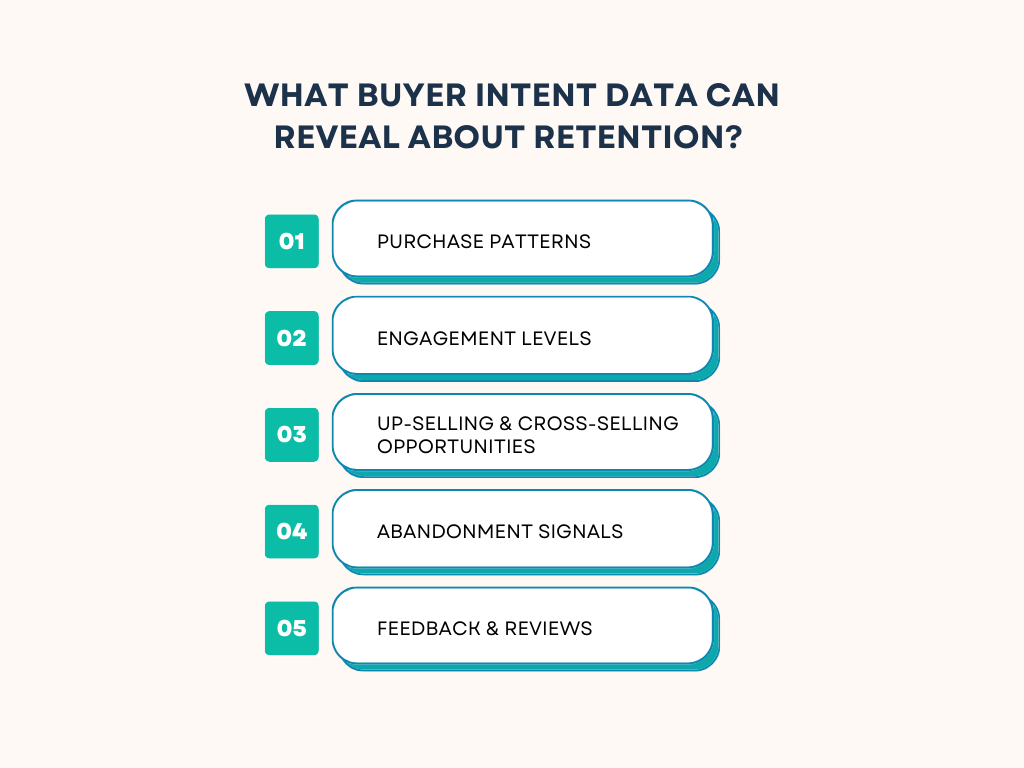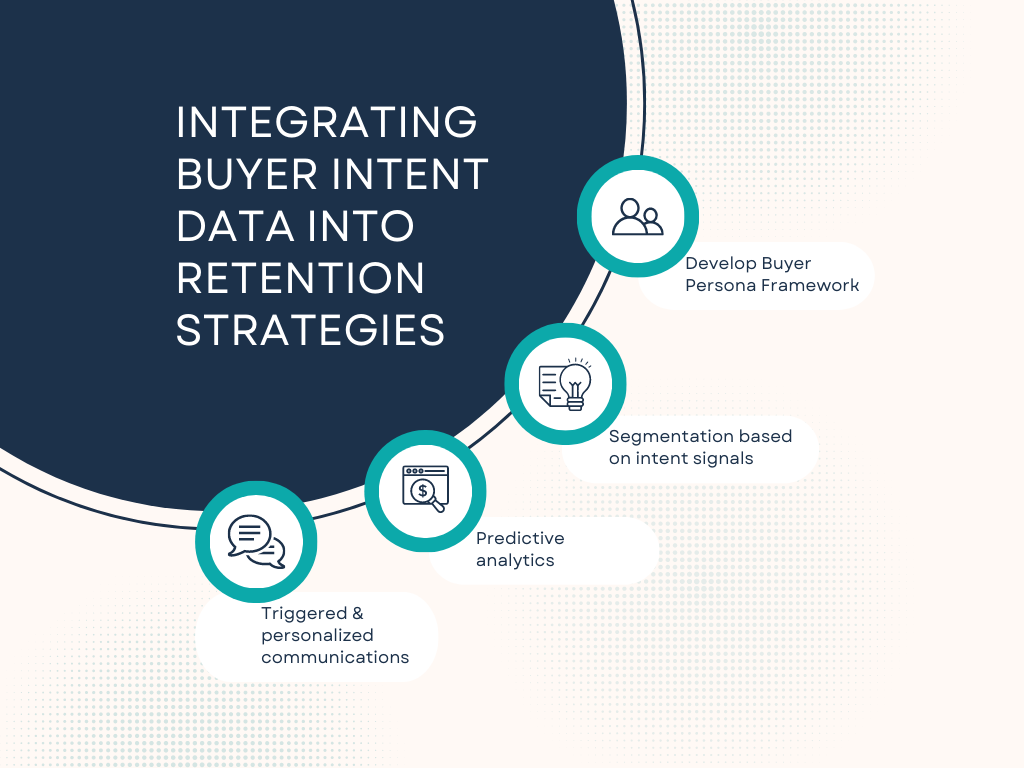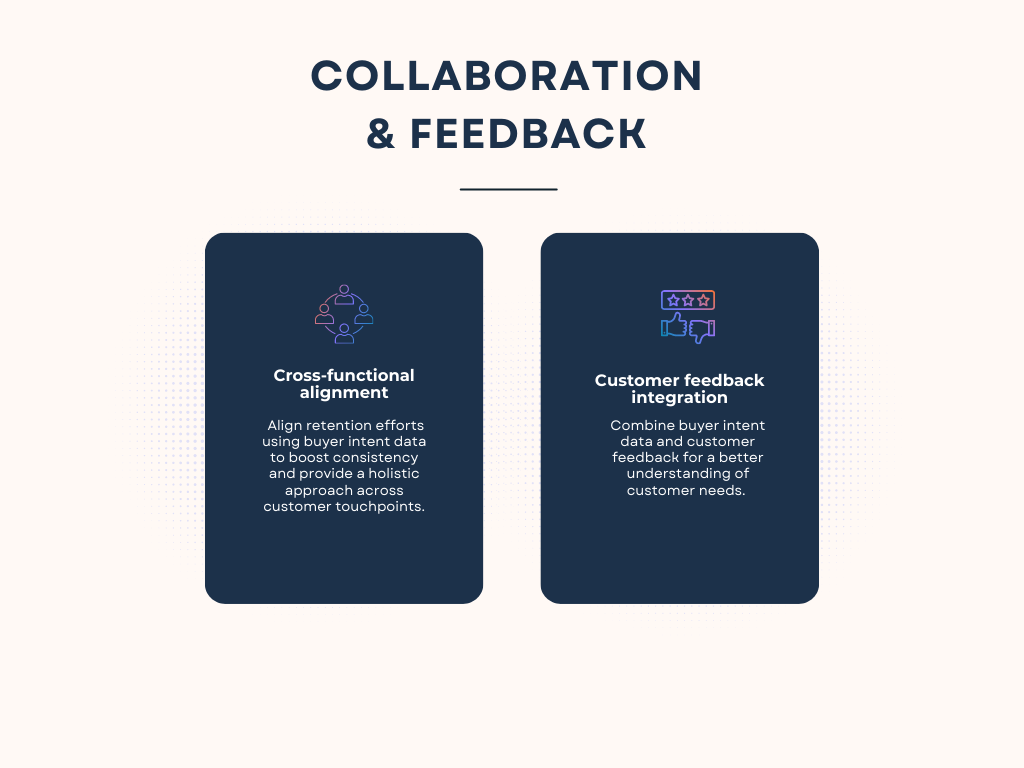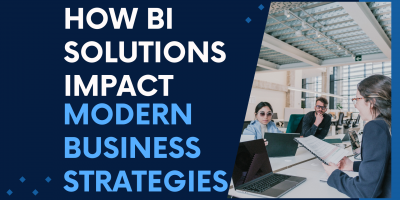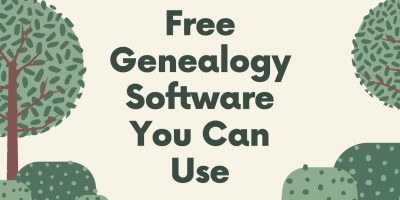Applicant Tracking System Pricing: Cost vs. Value Analysis
Gain insights into applicant tracking system pricing with a comprehensive cost vs. value analysis. Discover how investing in the right technology can optimize your recruitment process for maximum efficiency and results.


